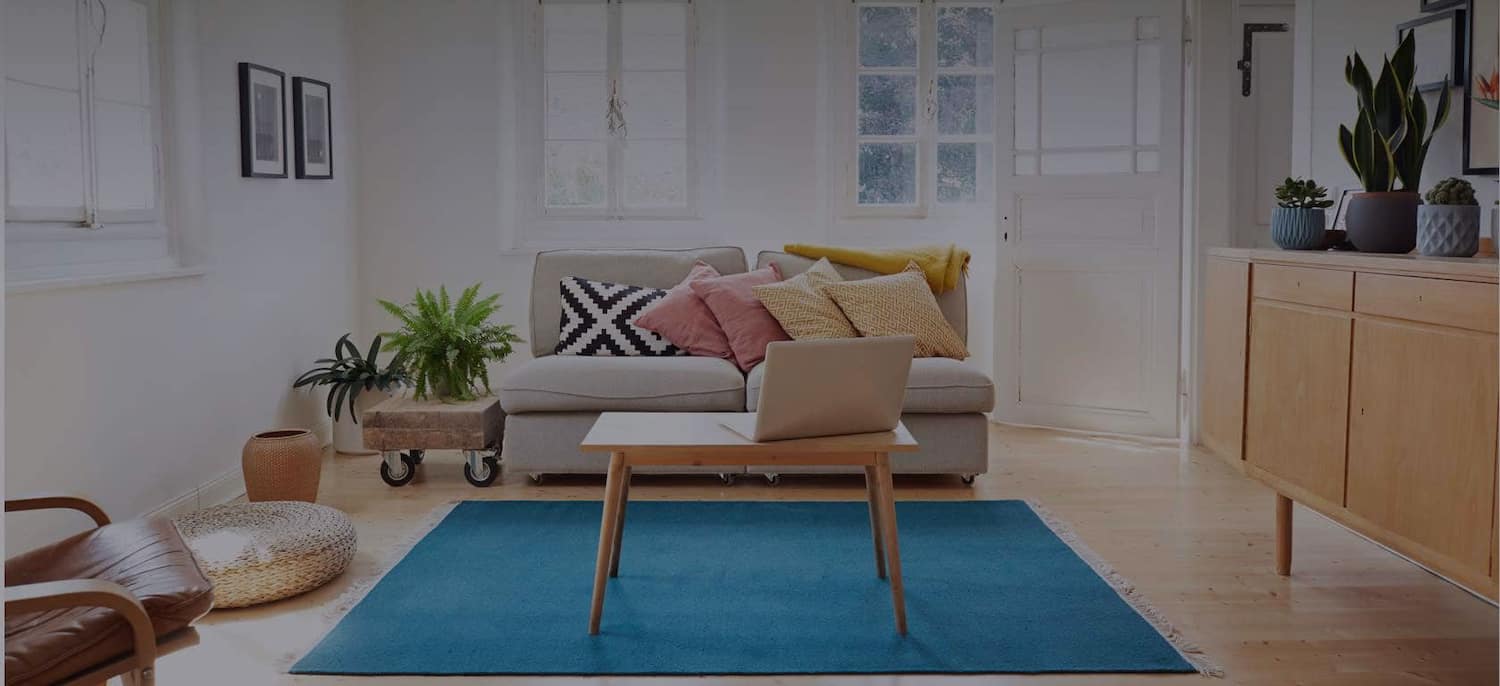
Get matched with top window tinters in Westfield, NJ
Enter your ZIP and get matched with up to 5 pros
Need a pro for your window tinting project in Westfield, NJ?
Find Window tinters in Westfield

Atlantic Applications LLC
Atlantic Applications LLC
Atlantic Applications specializes in professional Graphic, Signage & Window Films Installation Services. Offering the Best in Solar/UV films, Privacy & Security films, and Decorative films. Certified Installers will give you peace of mind, knowing you have experienced professionals on your job. All In-Person consultations are free, so call today to schedule your estimate appointment!
"Installed reflective film on eight sliding glass doors."
Miriam C on November 2024
Atlantic Applications specializes in professional Graphic, Signage & Window Films Installation Services. Offering the Best in Solar/UV films, Privacy & Security films, and Decorative films. Certified Installers will give you peace of mind, knowing you have experienced professionals on your job. All In-Person consultations are free, so call today to schedule your estimate appointment!
"Installed reflective film on eight sliding glass doors."
Miriam C on November 2024
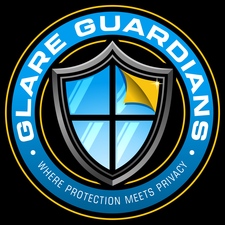
Glare Guardians
Glare Guardians
We have the experience, and we are committed to providing quality workmanship and superior customer service on all our applications. We at Glare Guardians strive to maintain our reputation as a high quality, very service-oriented company with our main focus being customer satisfaction.
"Excellent service great pricing & prompt install!"
Michael G on March 2025
We have the experience, and we are committed to providing quality workmanship and superior customer service on all our applications. We at Glare Guardians strive to maintain our reputation as a high quality, very service-oriented company with our main focus being customer satisfaction.
"Excellent service great pricing & prompt install!"
Michael G on March 2025
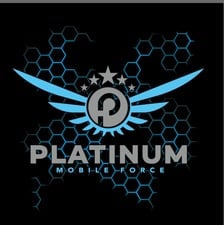
Platinum Mobile Force
Platinum Mobile Force
We are committed to excellence in every aspect of our business. We uphold a standard of integrity bound by fairness, honesty and personal responsibility. Our distinction is the quality of service we bring to our customers. Accurate knowledge of our trade, combined with ability, is what makes us true professionals. Above all, we are watchful of our customers' interests and make their concerns the basis of our business
We are committed to excellence in every aspect of our business. We uphold a standard of integrity bound by fairness, honesty and personal responsibility. Our distinction is the quality of service we bring to our customers. Accurate knowledge of our trade, combined with ability, is what makes us true professionals. Above all, we are watchful of our customers' interests and make their concerns the basis of our business
Sun Control Window Tinting, LLC
Sun Control Window Tinting, LLC
Sun Control Window Tinting is the expert in window tinting. We have been in business for over 25 years. We value honesty and integrity, and stand behind our work. Once you have a window film project completed by our home and commercial experts, you will see the high quality standards we have in our tint installations. We look forward to building lasting relationships with our clients and guarantee your satisfaction!
"Very professional and courteous."
Allyn S on May 2023
Sun Control Window Tinting is the expert in window tinting. We have been in business for over 25 years. We value honesty and integrity, and stand behind our work. Once you have a window film project completed by our home and commercial experts, you will see the high quality standards we have in our tint installations. We look forward to building lasting relationships with our clients and guarantee your satisfaction!
"Very professional and courteous."
Allyn S on May 2023
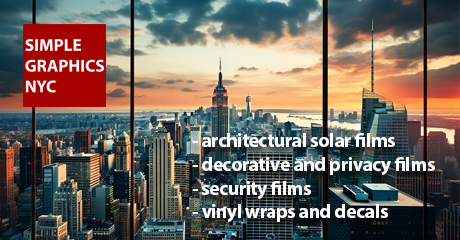
Simple Graphics NYC
Simple Graphics NYC
We provide an excellent and affordable window tinting and graphics installation services for your home or commercial premises. Our team consists of only professionals with many years of experience. The appearance and interior atmosphere of your home will be transformed thanks to our company. We are the official dealer of top brands Huper Optik and Global/Express Window Films.
We provide an excellent and affordable window tinting and graphics installation services for your home or commercial premises. Our team consists of only professionals with many years of experience. The appearance and interior atmosphere of your home will be transformed thanks to our company. We are the official dealer of top brands Huper Optik and Global/Express Window Films.
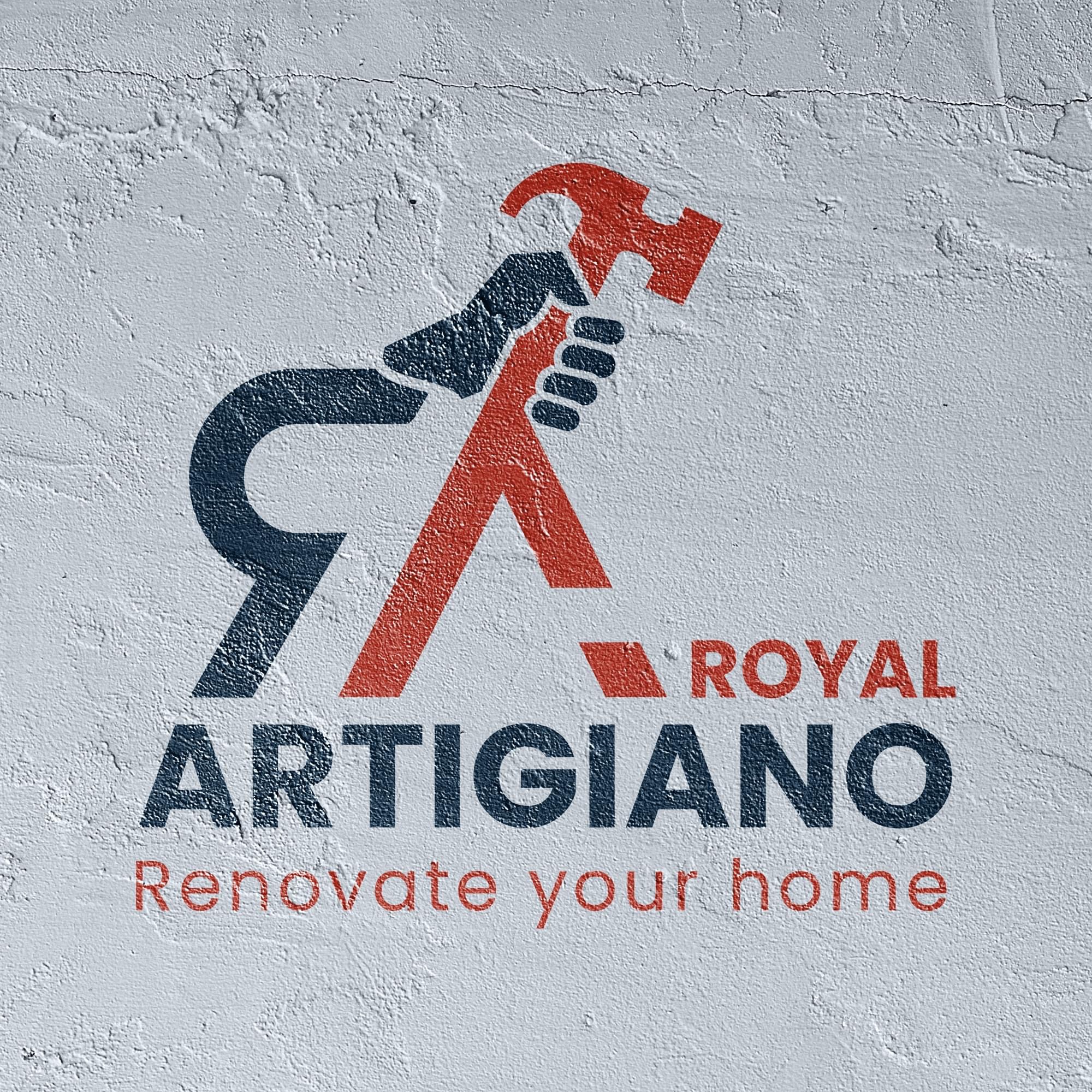
Royal Artigiano LLC
Royal Artigiano LLC
Home Repairs, maintenance and new construction, Gutters maintenance, All Drywall repairs and decorations, flooring, painting window replacement or installation.
"I am a designer visiting from California and was working on a project that required a drop ceiling. Soloman and his team gave us the best price and installed the drop ceiling to perfection. I liked their work so much I had them work on other parts of the project. Their level of skill in far exceeded my expectations and I plan on using their services again in California."
Keith M on December 2023
Home Repairs, maintenance and new construction, Gutters maintenance, All Drywall repairs and decorations, flooring, painting window replacement or installation.
"I am a designer visiting from California and was working on a project that required a drop ceiling. Soloman and his team gave us the best price and installed the drop ceiling to perfection. I liked their work so much I had them work on other parts of the project. Their level of skill in far exceeded my expectations and I plan on using their services again in California."
Keith M on December 2023

NM Tints LLC
NM Tints LLC
Here at NM Tints and Wraps, We strive to bring customers top-grade service in a timely manner with exceptional results. Established in 2017, We started tinting in a small residential garage and built the company into what it is today; New Jersey’s #1 tint and wrap facility. We focus on everything from automotive tinting and wrapping, to flat glass tinting and commercial vinyl.
Here at NM Tints and Wraps, We strive to bring customers top-grade service in a timely manner with exceptional results. Established in 2017, We started tinting in a small residential garage and built the company into what it is today; New Jersey’s #1 tint and wrap facility. We focus on everything from automotive tinting and wrapping, to flat glass tinting and commercial vinyl.
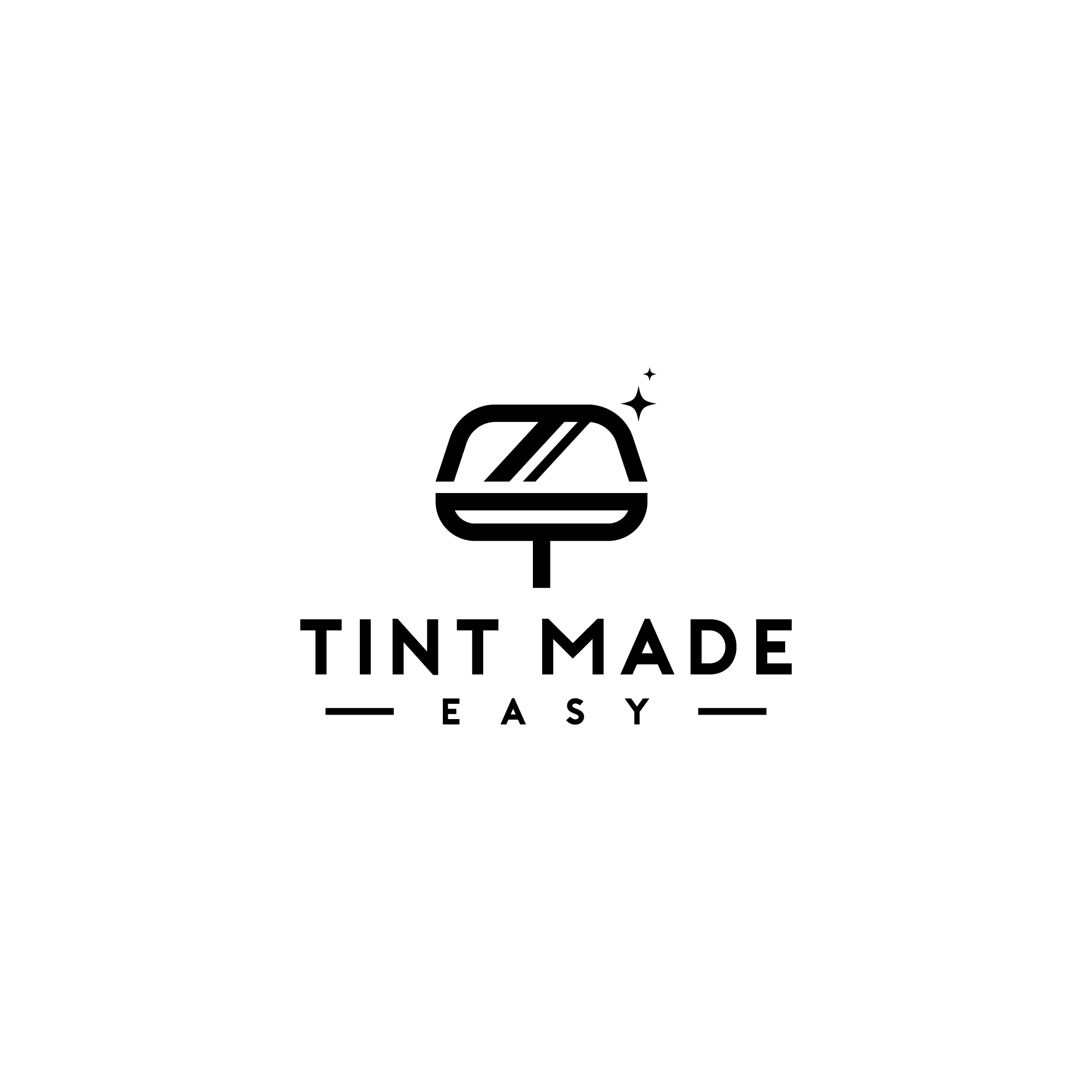
Tint made easy
Tint made easy
*TINT MADE EASY* Tinting done right Where we *COME TO YOU* FREE CONSULTATION TODAY! *PLEASE CALL - 929-367-1727
"It was amazing. They are convenient."
Aui B on November 2022
*TINT MADE EASY* Tinting done right Where we *COME TO YOU* FREE CONSULTATION TODAY! *PLEASE CALL - 929-367-1727
"It was amazing. They are convenient."
Aui B on November 2022
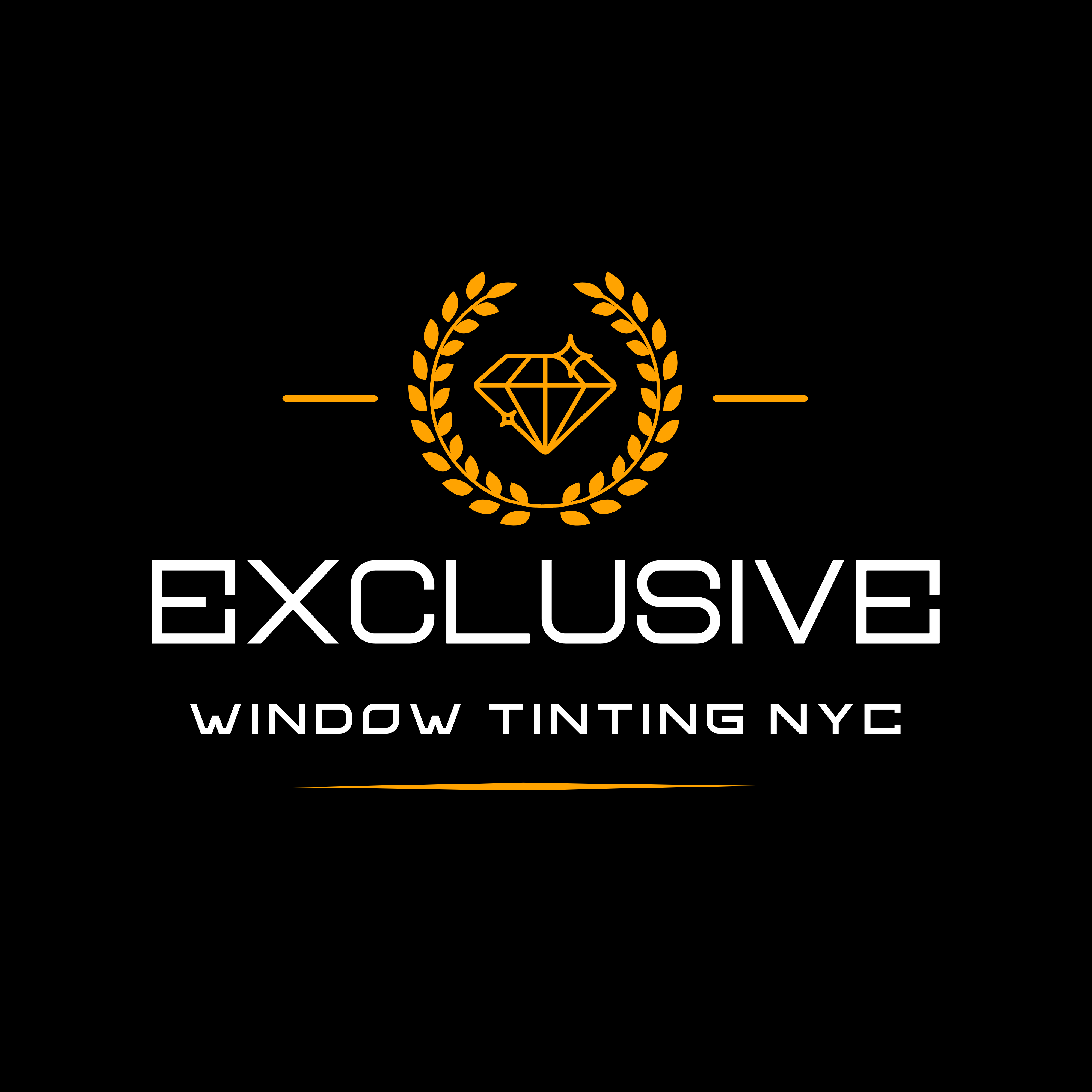
Exclusive Window Tinting NYC
Exclusive Window Tinting NYC
Here at Exclusive Window Tinting NYC we are dedicated to providing you a world class window film installation service! To ensure YOU get the correct window film we also can offer FREE consultations to your home to best discuss your needs or we can quote over the phone or via text! So if you are looking for a window film service in New York City then look no further! Contact us today at (917) 719-0232 for a quote
Here at Exclusive Window Tinting NYC we are dedicated to providing you a world class window film installation service! To ensure YOU get the correct window film we also can offer FREE consultations to your home to best discuss your needs or we can quote over the phone or via text! So if you are looking for a window film service in New York City then look no further! Contact us today at (917) 719-0232 for a quote

Egor's Garage
Egor's Garage
Egor's garage is an independent full auto repair shop located in Bucks County with 25+ years of experience. Specializing in European and Asian vehicles. Servicing Bucks County and Philadelphia, and we are proud to be the favorite for locals to service their vehicles. We repair and service your vehicles whether it’s in for an auto collision repair or just in for basic maintenance services such as oil change, brakes etc..year-round. All services are performed by highly qualified mechanics with state of the art equipment. Come see us today.
"Friendly and gave me details about oil change,"
German C on February 2020
Egor's garage is an independent full auto repair shop located in Bucks County with 25+ years of experience. Specializing in European and Asian vehicles. Servicing Bucks County and Philadelphia, and we are proud to be the favorite for locals to service their vehicles. We repair and service your vehicles whether it’s in for an auto collision repair or just in for basic maintenance services such as oil change, brakes etc..year-round. All services are performed by highly qualified mechanics with state of the art equipment. Come see us today.
"Friendly and gave me details about oil change,"
German C on February 2020
The Westfield, NJ homeowners’ guide to window tinting services
From average costs to expert advice, get all the answers you need to get your job done.
 •
•Find out the average home window tinting cost, key price factors, and ways to save. Get transparent estimates for your window tinting project.
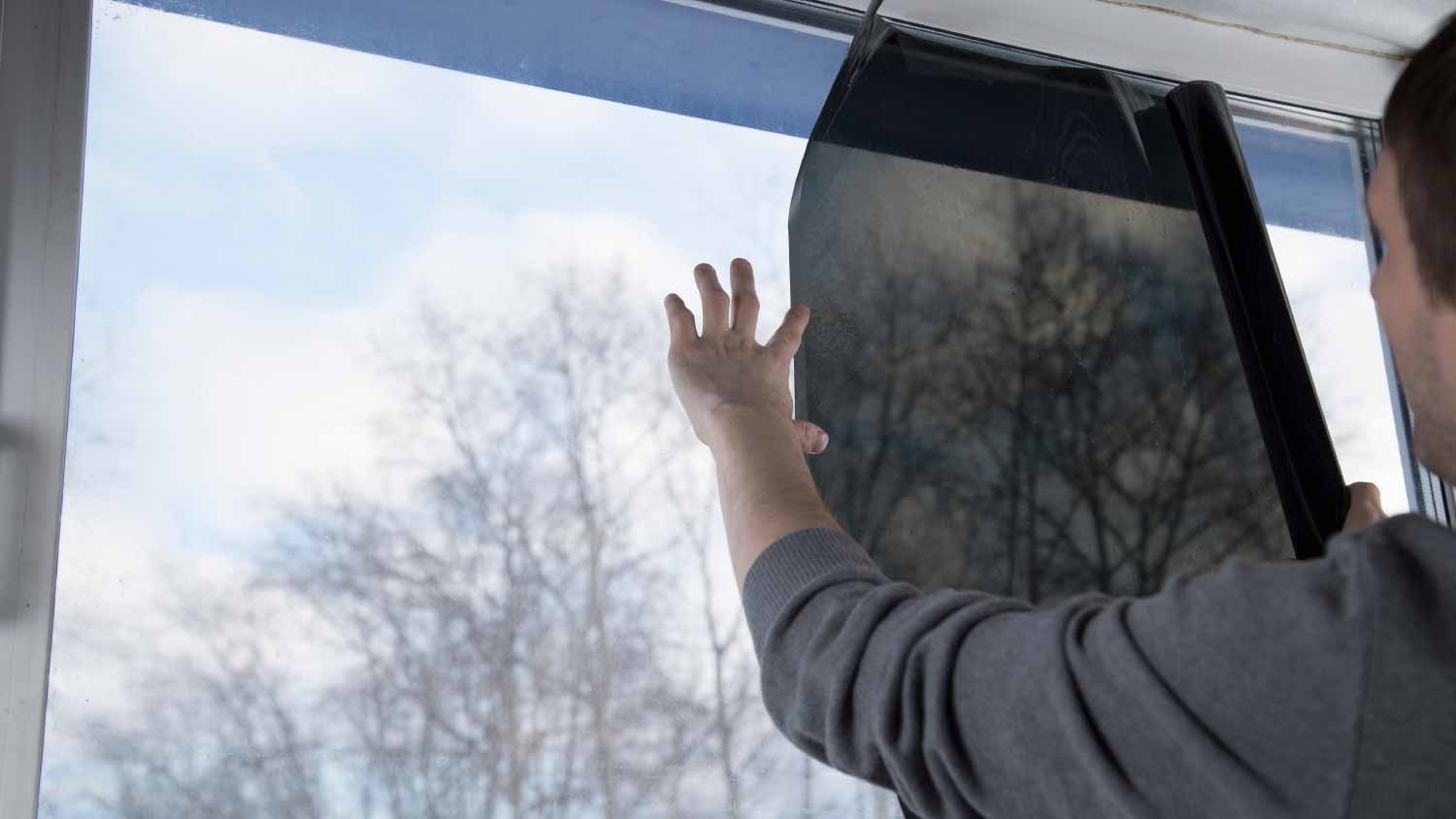 •
•Discover window security film installation costs. Learn about average prices, cost factors, and ways to save on your home security upgrade.
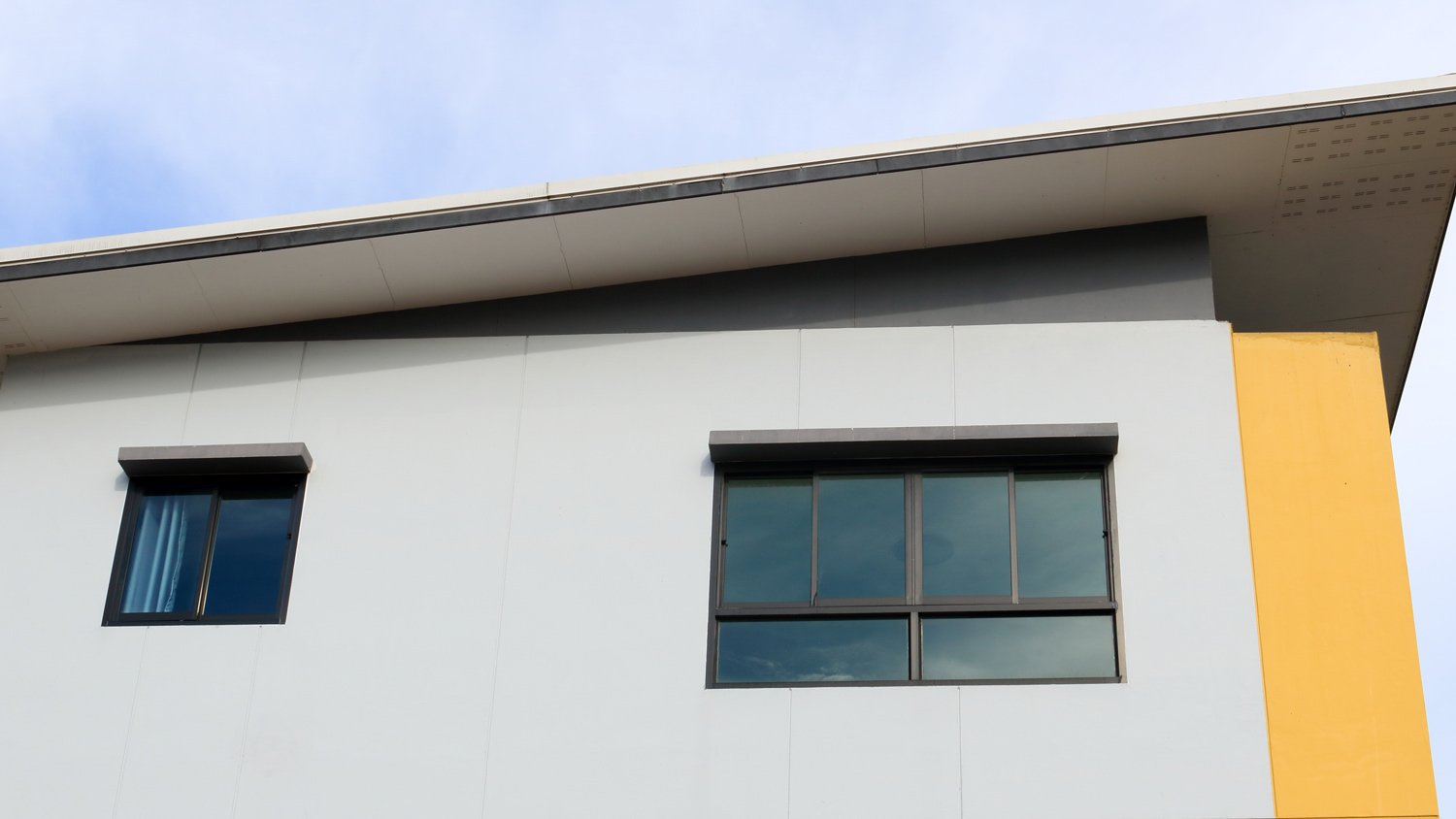
Our guide walks you through how to remove window tint from home windows, including peeling the film and wiping away the adhesive.

Window tints can increase your home's privacy, efficiency, and comfort. Here are eight types of window tints and the pros and cons of each.

Can I tint my house windows? Home window tinting is a small upgrade that can yield major benefits. Here’s everything you need to know before taking the plunge.

Unleash your inner DIY maven and learn how to tint windows at home. We share the best ways to achieve flawless results. Grab your squeegee!
- Mountainside, NJ Window tinters
- Fanwood, NJ Window tinters
- Garwood, NJ Window tinters
- New Providence, NJ Window tinters
- Springfield, NJ Window tinters
- Summit, NJ Window tinters
- Cranford, NJ Window tinters
- Scotch Plains, NJ Window tinters
- Berkeley Heights, NJ Window tinters
- Kenilworth, NJ Window tinters
- Clark, NJ Window tinters
- Plainfield, NJ Window tinters
- North Plainfield, NJ Window tinters
- Chatham, NJ Window tinters
- Millburn, NJ Window tinters
- Roselle Park, NJ Window tinters
- Short Hills, NJ Window tinters
- Watchung, NJ Window tinters
- Union, NJ Window tinters
- Vauxhall, NJ Window tinters
- Roselle, NJ Window tinters
- Colonia, NJ Window tinters
- Rahway, NJ Window tinters
- Gillette, NJ Window tinters
- Winfield Township, NJ Window tinters
- Linden, NJ Window tinters
- Maplewood, NJ Window tinters
- Madison, NJ Window tinters
- South Plainfield, NJ Window tinters
- Stirling, NJ Window tinters
- Kitchen And Bath Remodeling in Westfield
- Plumbing in Westfield
- Electrical in Westfield
- Tree Service in Westfield
- Roofing in Westfield
- Pest Control in Westfield
- Landscaping in Westfield
- Moving in Westfield
- Cleaning in Westfield
- Handyman Service in Westfield
- Flooring in Westfield
- Siding in Westfield
- Driveways in Westfield
- Basement Waterproofing in Westfield
- Lawn And Yard Work in Westfield
- Leaf Removal in Westfield
- Gutter Cleaning in Westfield
- Garage Doors in Westfield
- Fencing in Westfield
- Pressure Washing in Westfield
- Garbage Collection in Westfield
- Air Duct Cleaning in Westfield
- Remodeling Basements in Westfield
- Concrete Repair in Westfield
- Drywall in Westfield
- Insulation in Westfield
- Landscaping Hardscaping And Pavers in Westfield
- Mold Testing And Remediation in Westfield
- Cabinet Refinishing in Westfield
- Computer Repair in Westfield
- 🌱 "Mow a small front yard"
- 🛠 "Fix a leaking pipe under the sink"
- 🏠 "Repair shingles on an asphalt roof"